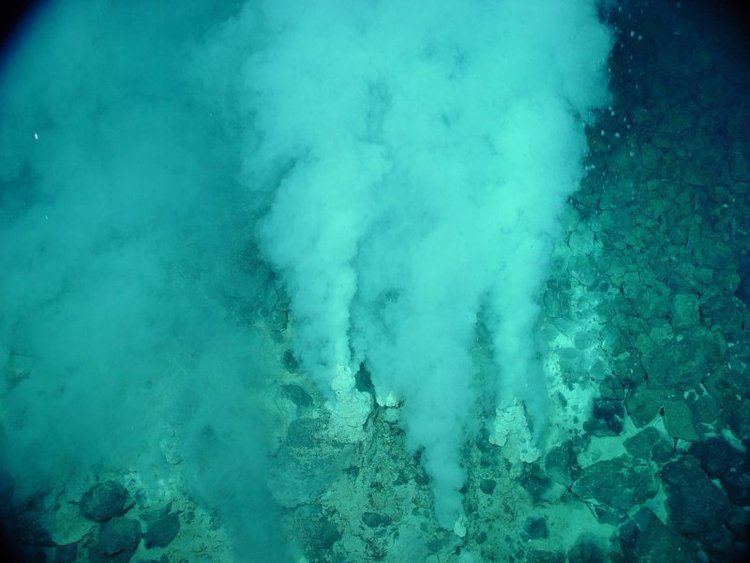 | ||
Representative species Photoheterotroph, Thiomicrospira crunogena | ||
Heterotrophs autotrophs phototrophs and chemotrophs
Chemotrophs are organisms that obtain energy by the oxidation of electron donors in their environments. These molecules can be organic (chemoorganotrophs) or inorganic (chemolithotrophs). The chemotroph designation is in contrast to phototrophs, which utilize solar energy. Chemotrophs can be either autotrophic or heterotrophic. Chemoautotrophs are commonly found in ocean floors where sunlight cannot reach them because they are not dependent on solar energy. Ocean floors often contain underwater volcanos that can provide heat to substitute sunlight for warmth.
Contents
- Heterotrophs autotrophs phototrophs and chemotrophs
- Chemotroph
- History
- Chemoautotroph
- Chemoheterotroph
- Iron and manganese oxidizing bacteria
- Flowchart
- References
Chemotroph
History
Originally used with a different meaning, the term took its current definition after Lwoff and collaborators (1946).
Chemoautotroph
Chemoautotrophs (or chemotrophic autotroph) (Greek: Chemo (χημία) = chemical, auto (αὐτός) = self, troph (τροφιά) = nourishment), in addition to deriving energy from chemical reactions, synthesize all necessary organic compounds from carbon dioxide. Chemoautotrophs use inorganic energy sources, such as hydrogen sulfide, elemental sulfur, ferrous iron, and also molecular hydrogen, and ammonia. Most are bacteria or archaea that live in hostile environments such as deep sea vents and are the primary producers in such ecosystems. Chemoautotrophs generally fall into several groups: methanogens, halophiles, sulfur oxidizers and reducers, nitrifiers, anammox bacteria, and thermoacidophiles. An example of one of these prokaryotes would be Sulfolobus. Chemolithotrophic growth can be dramatically fast, such as Thiomicrospira crunogena with a doubling time around one hour.
The term "chemosynthesis", coined in 1897 by Wilhelm Pfeffer, originally was defined as the energy production by oxidation of inorganic substances in association with autotrophy - what would be named today as chemolithoautotrophy. Later, the term would include also the chemoorganoautotrophy, that is, it can be seen as a synonym of chemoautotrophy.
Chemoheterotroph
Chemoheterotrophs (or chemotrophic heterotrophs) (Gr: Chemo (χημία) = chemical, hetero (ἕτερος) = (an)other, troph (τροφιά) = nourishment) are unable to fix carbon to form their own organic compounds. Chemoheterotrophs can be chemolithoheterotrophs, utilizing inorganic energy sources such as sulfur or chemoorganoheterotrophs, utilizing organic energy sources such as carbohydrates, lipids, and proteins.
Iron- and manganese-oxidizing bacteria
In the deep oceans, iron-oxidizing bacteria derive their energy needs by oxidizing iron(II) to iron(III). The extra electron obtained from this reaction powers the cells, replacing or augmenting traditional phototrophism.
Manganese-oxidizing bacteria also make use of igneous lava rocks in much the same way; by oxidizing Mn2+ into Mn4+. Manganese is much rarer than iron in oceanic crust, but is much easier for bacteria to extract from igneous glass. In addition, each manganese oxidation yields approximately twice the energy as an iron oxidation due to the gain of twice the number of electrons. Much still remains unknown about manganese-oxidizing bacteria because they have not been cultured and documented to any great extent.
